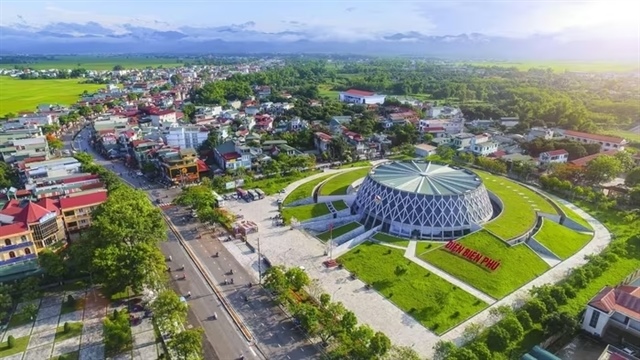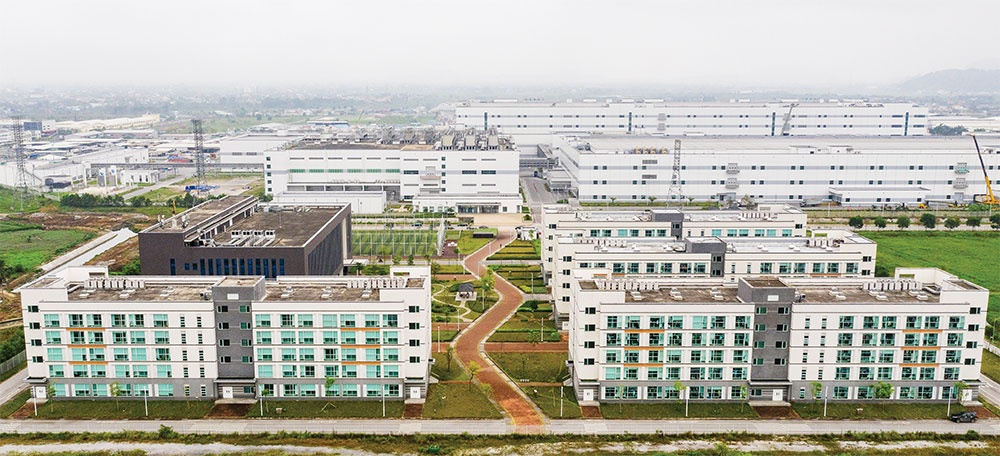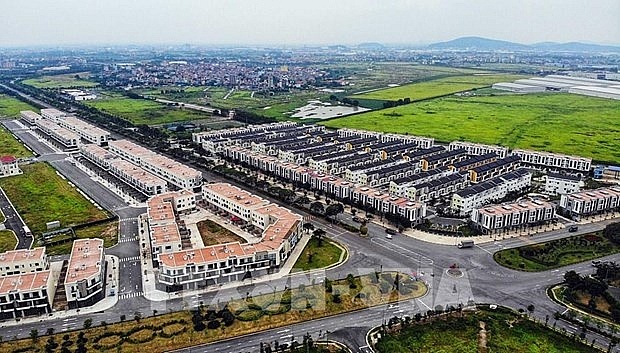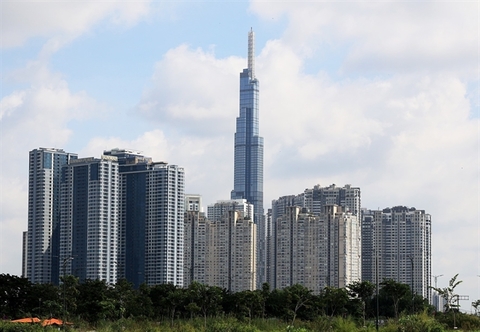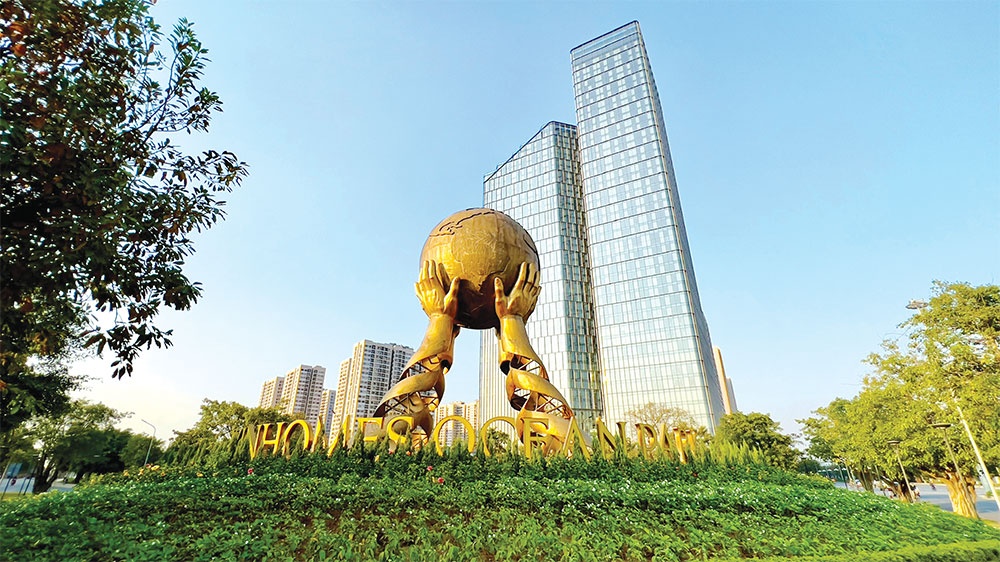Utilising shophouses for asset stockpiles
Utilising shophouses for asset stockpiles
Shophouses and other defensive solutions with a high safety factor continue to be the generators of cash flow.

Along with the shift to online shopping, there will be a rise in demand for a seamless online-to-offline experience. To fulfil these demands, the retail sector is experiencing a significant transition, thus the need for commercial premises will remain high and the shophouse model will continue to provide several options.
Moreover, in tier 2-3 cities and provinces, high transportation costs make online shopping inconvenient, particularly for critical items. Therefore, retail space in the form of town houses and shophouses is still required to service the needs of these residents.
Nguyen Van Ngoc, director of RB Land Group, has observed market movements over the previous two years and determined that, despite unfavourable causes, real estate values have risen by an average of 30-50 per cent. “In certain regions, the price of some items such as villas and shophouses have doubled or tripled,” Ngoc said.
According to some specialists, apartment block shophouses in particular not only offer high liquidity relative to other product lines, but also satisfy the stringent criteria for a lucrative investment product. These qualities are essential for the popularity of shophouses, which has led to a change in investment preferences in recent years.
The growing demand for retail space in the form of podium shophouses in large cities are due to the advantages of convenience in trading activities, attractive profitable investment opportunities, and potential market acquisition capacity resulting from the consumption demands of the project’s residents and the surrounding community, according to Ngoc.
Market players say that in the present challenging market environment, investors prefer to place a premium on items that can create fast and consistent cash flow. With a shophouse, despite the greater investment rate, several objectives may be satisfied: rental income, cash flow creation, and the possibility to raise prices.
According to Trang Do, manager of Retail Services at Colliers Vietnam, the present recovery of the shophouse sector is not as rapid and robust as that of other segments, but it remains a profitable investment channel that is chosen by several investors.
“Shophouses are more adaptable than other types of real estate, allowing investors to easily adapt them to the needs of buyers and tenants,” Do said.
The shophouse category is anticipated to be busy following Lunar New Year 2023, since rental performance is anticipated to improve. King Crown Infinity, Thu Thiem Zeit River, Saigon Broadway, Salto Residence, and The Metropole in phase 4 are scheduled to provide additional fresh supplies to the Ho Chi Minh City market in the coming months.
In general, the liquidity and development prospects of shophouses in projects with desirable locations that encourage people to move in quickly will be greater, according to Do.
Long-term options
The current high urbanisation trend in Vietnam (41 per cent each year, with an expected 1,000 metropolitan areas by 2025) could raise the need for space for corporate operations over the long run, experts say. The retail market for products and services is enormous and, in light of the long-term strategy for urban development, it is thus difficult to assert that the supply of shophouses is in surplus.
Shophouses have played a significant role in luring inhabitants from inside and beyond the neighbourhood and they have also benefited from the population density, utility infrastructure, and connectivity infrastructure.
Seaside shophouses remain a hit
Consequently, the synchronised and comprehensive planning of residential areas, including life’s necessities such as parks, healthcare facilities, schools, public transportation, and strong ties to working areas and industrial parks has a significant effect on the exploitation efficiency of shophouses.
According to Le Xuan Nga, general director of BHS Group, it is vital to position a shophouse inside a certain project and market in order to assess its potential. For instance, if a shophouse is placed in a residential neighbourhood where a community has developed, the potential will be considerable; however, if it is situated in an isolated tourist area, the influence will be little. “Even a shophouse in an apartment building will be beneficial if it is part of an open urban development that makes it easy for outsiders to do business. And a shophouse in a secluded project will not be effective since residents do not use many of the services provided by shophouse tenants, with the exception of vital services,” Nga said. “The arrangement of the number of shophouses in each project should be fully considered since it is linked to exploitation efficiency and investors should pay attention to this as well.”
Deputy general director of batdongsan.com.vn Nguyen Quoc Anh has a positive outlook on the shophouse category, notably in developing markets, and believes apartment land and low-rise structures are promising categories. Particularly, low-rise shophouses in an ideal location continue to be a coveted choice for many buyers.
“The investment capital flow returned to the north and central areas by the end of 2021, but it will return to the south in the long run, particularly to regions with a strong economy and favourable conditions for the development of the real estate market,” Quoc Anh said.
Specifically, the southern province of Long An is merging all the ingredients of a prospective market: the distribution of foreign investment capital and strong public investment capital, fair planning, appealing investment attraction policies, and a strategic position.
“Investors will concentrate more on markets, projects with favourable locations, legal compliance, and sound planning. Long An, notably Duc Hoa district, is where all the aforementioned variables will converge when it becomes the western expansion market of Ho Chi Minh City in the near future,” stressed Quoc Anh.






